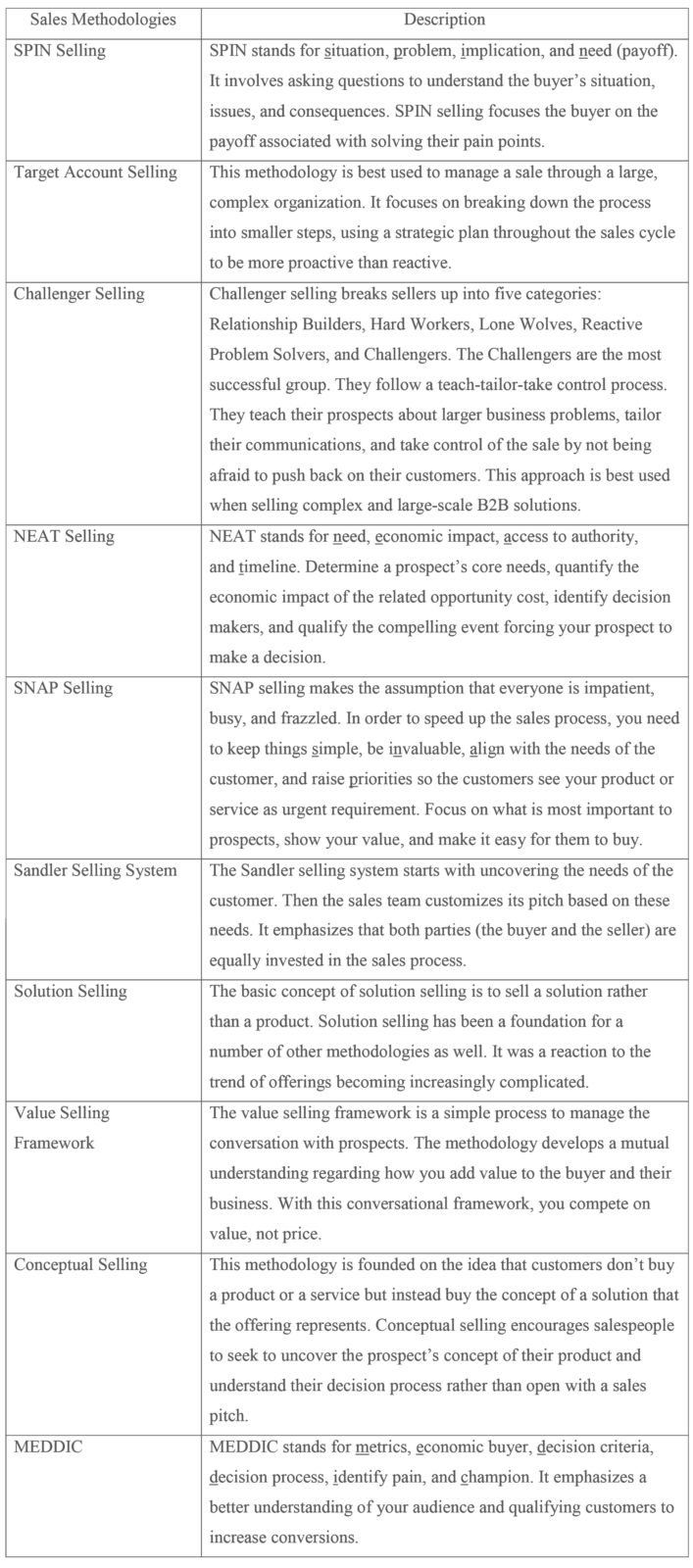
When you ask salespeople what marketing can do to enable sales, 10 out of 10 salespeople would say, “Give us high-quality leads.” Lead generation is only one piece of the sales-and-marketing puzzle, though. Marketing can do so much more than generate leads. One key way that marketing can enable sales and boost any business’s success is through the strategic use of content.
Why do marketers create content?
Traditionally, marketers create collateral content, namely, content that supports sales by explaining the features and benefits of a business’s products and services.
With the rise of digital marketing, the better way to attract the attention of prospective buyers is through content marketing, which takes the spotlight off products and services and shines it, instead, on the target audience’s pain points and challenges. This approach builds trust in a brand as a source of helpful, authoritative information. Eventually, people in that audience come to see that their productivity or lives will be improved by using that brand’s products or services.
One additional motivation to create content is to facilitate the buying process through the buyer’s journey, moving prospects from awareness to purchase.
In short, marketers use content to enable sales by doing three main things:
-
Explain product features and benefits
-
Solve customers’ pain points and challenges
-
Facilitate the buying process from awareness to purchase
Why do these types of content matter to salespeople?
Content that is product-specific, buyer-centric, and journey-centric should be troves for salespeople. Think about it: Solving customers’ pain points and evoking their aspiration can be a great talking point when sales reps first engage with prospects. When salespeople try to help their potential customers convert, content tailored for a particular stage in the buying journey can easily be leveraged by the sales team.
In other words, salespeople need to know what content has been generated by their marketing team. The marketing team needs to categorize, tag, and describe the content and help salespeople understand how to better use it.
So, how can marketers help salespeople use content effectively?
Busy salespeople don’t have the luxury of spending hours tracking down the content that will help them most in each situation. So here are three ways marketers can help:
1. Create a sales-enablement content library
2. Map content to sales processes and methodologies
3. Incorporate relevant content as part of onboarding and continuous training
1. Create a sales-enablement content library
Create a dedicated content library for your sales team, especially for numerous content pieces. For example, in March of 2014, Cisco created a digital sales platform, SalesConnect, to support the direct sales team. The sales-operations team looks at sales success in a holistic way. In collaborating with marketing, product engineering, channel partners, customer success, finance, sales training, and IT, this team enables sales growth, productivity, and customer/partner satisfaction. As sales teams from channel partners discovered that the content on SalesConnect was useful to them, the user base grew to over 150,000 Cisco channel partner users. The site has since expanded its content to include online demos and onsite product testing. Having a dedicated sales-specific library helps the sales team to find the content they need when they need it.
If you are exploring sales enablement content library platform, Brian Fravel, CMO of DaBella and a good friend, suggested you check out platforms from Veelo, Seismic, Brainshark, Showpad, Highspot, and Clearslide.
2. Map content to sales processes and methodologies
As marketers supporting the sales team, we need to understand how the sales team works: its structure, its members’ roles, and its processes and methodologies.
A sales process is “the measurable, consistent, and systematic series of steps that map out and track interaction with prospects from their first point of engagement through the closing of an opportunity.” The sales team lays out the steps to engage with their customers based on their understanding of the customer purchase journey (aka buyers’ journey). It’s similar to email marketers creating a series of email-campaign workflows or campaign managers mapping specific content at different stages of new and existing customer-engagement phases.
Sales methodology is “the learned behaviors, tactics, and strategies used by a sales team to execute and fulfill the sales process in a professional and conversational manner.” A sales methodology includes tools, skill sets, and techniques needed to move prospects along the sales funnel. Understanding the sales process and methodology can help marketers better map relevant content for their sales teams to use.
Here is a summary of some popular sales methodologies:
3. Incorporate relevant content as part of onboarding and continuous training
For technology and complicated sales, sales onboarding and continuous training is essential. Marketers can look into the onboarding agenda and content and offer relevant content that may be useful as part of training classes. For marketers supporting sales, you can even offer to teach a session as part of onboarding training. Building relationships with new salespeople before they officially start their jobs is a great way to showcase what you can do for them.
Most sales teams have huddles on a regular basis. Marketing should be part that agenda by sharing new content and educating salespeople on how to use that content. Marketers don’t need to provide updates every time, but it’s important that marketing teams have standing agenda items to drive collaboration and communication between the teams.
In summary…
While there is traditionally friction between sales and marketing, both sides can do a number of things to improve the collaboration and communications. Check out my previous blog post, 5 Steps to Creating Harmony Between Marketing and Sales to Grow Your Business. Sales teams can invite marketers to be part of regular sales huddles. Marketing teams can share new content and new tools through newsletter updates or regular joint conference calls. Sales and marketing can even pick one strategic account to work together (aka account-based marketing, or ABM). There are many ways to engage. It’s a matter of making an effort.
At the end of the day, content marketing is a powerful tool. It can fuel your sales process, improve your brand image, and build customers’ trust. It can also improve internal communication and sales training and development. Content marketing connects the business’s cycle of life, between marketing and sales by providing a seamless and unified experience in a continuous customer journey.




